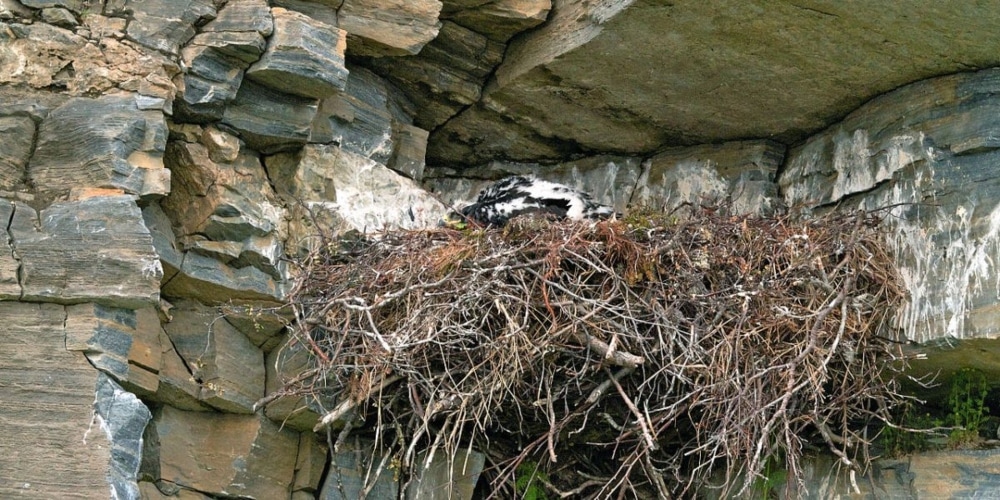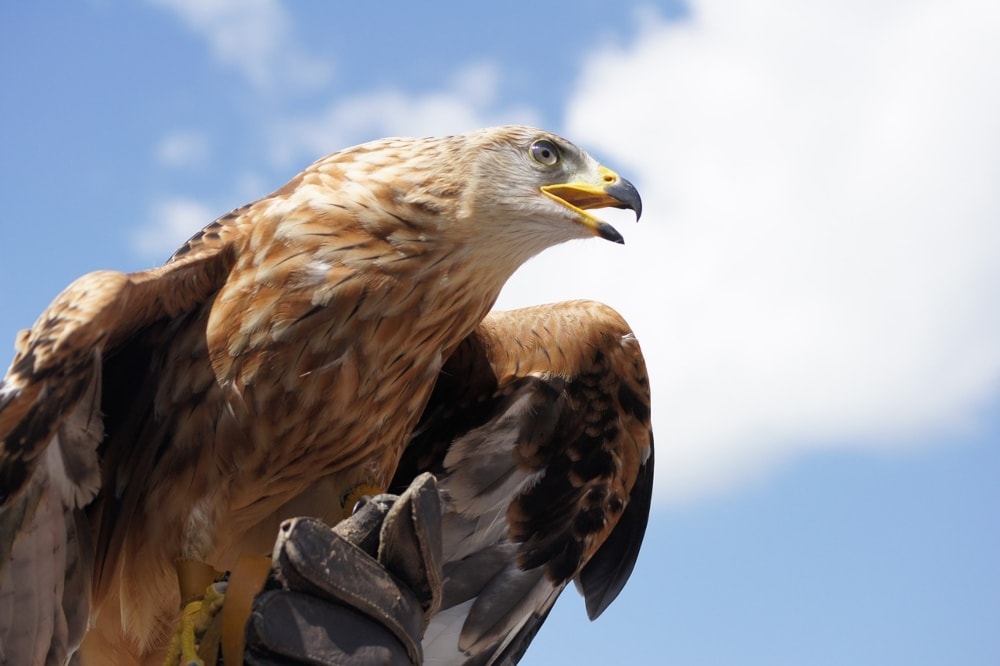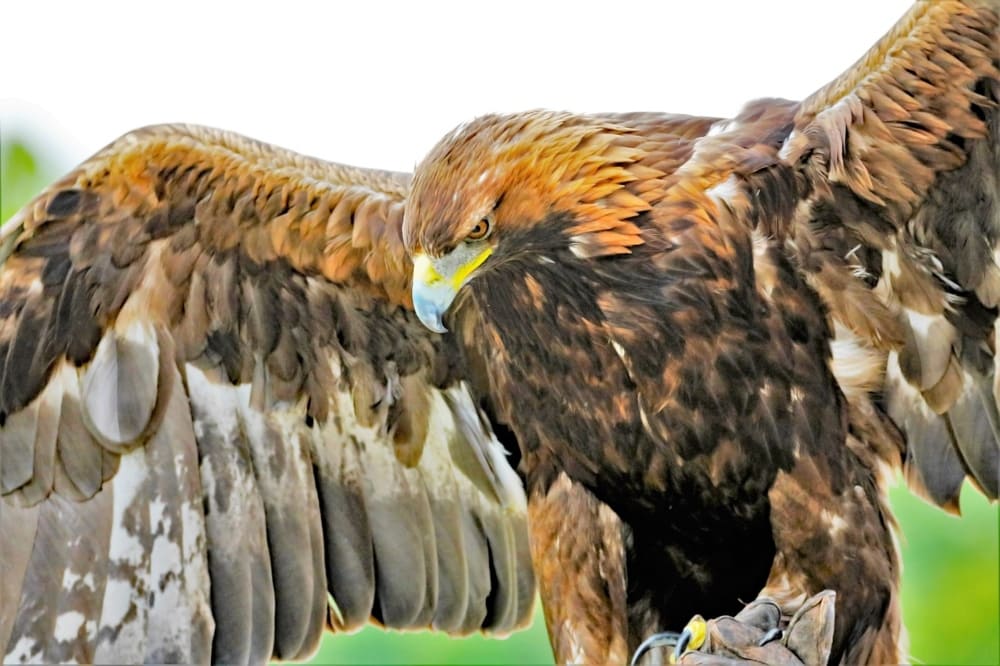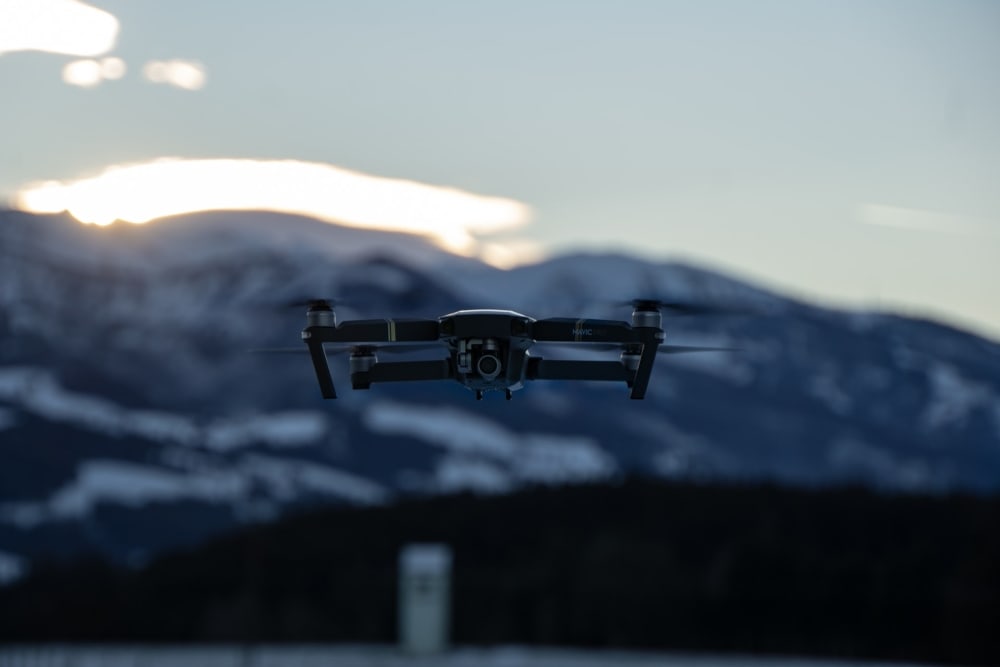Nonprofit Hawkwatch Uses Drones to Protect Endangered Golden Eagles
BY Zacc Dukowitz
11 August 2021Right now, Golden eagle populations in Utah and surrounding western states are dying at alarmingly high rates.
According to Hawkwatch International, this has been the worst season for golden eagle nestling survival in the last 40 years.
Hawkwatch International is a nonprofit whose focus is on conserving the environment through a special focus—providing education, long-term monitoring, and scientific research on raptors as indicators of ecosystem health.
As part of its work, volunteers are currently using drones to try and find out why golden eagles are dying at such a high rate this year.
The project is a collaboration between Hawkwatch and federal, state, and military entities, who have all teamed up with the shared goal of trying to restore the golden eagles’ dwindling numbers.
How Drones Are Helping the Golden Eagle Population
Flying along sheer cliff faces, Hawkwatch International employees and personnel from other partners in the project—including the military—are using drones to look for any signs of golden eagle nests tucked into the rocks.
Drones present an ideal tool for looking for nests in the remote, rocky areas where they live in Utah, since drones can easily fly to places that would otherwise be dangerous and time-consuming to reach.

But finding a golden eagle nest is just the first step.
After a nest is located, Hawkwatch International employees and wildlife biologists will rappel down to it or climb up from the ground using ropes.
The goal is to find golden eagle hatchling. Unfortunately, in many of these nests, researchers find that the baby eagles are already dead.
When researchers do find nestlings alive, they outfit the birds with small GPS backpack transmitters. They also provide a health check before placing the birds safely back in their nests.
After GPS transmitters are attached, researchers will continue to monitor the progress of the hatchlings by drone so they can try to learn more about why they’re dying at such high rates.
And it’s worth noting that this nesting and surveillance project has received some high praise.
Last year, the effort won an award from the Environmental Security Technology Certification Program. The title of the award was the 2020 Resource Conservation and Resiliency Project of the Year—learn more here.
What’s Killing Golden Eagles?
Researchers have been using the approach described above to monitor golden eagles in Utah since 2013.
In fact, these monitoring efforts are how they knew the population was suffering a sudden decline. Through monitoring, researchers know that about 50% of the nestlings will die in the first year of their life, and these numbers have been even higher this season.
If the nestlings can make it past that first difficult year, their chances for survival go up considerably. Golden eagles have relatively long lifespans, and can live as long as 31 years.
But when it comes to finding out why so many die in the first year, the data is pretty limited. Although it’s estimated that a few thousand pairs of golden eagles live in Utah, only 70 nestlings have been outfitted with transmitters since the effort began in 2013.
This means that each year, only about 9 nestlings are actually found and tracked. (Of course, this math assumes an even distribution over the years—we’d guess that this year’s numbers are actually much lower given the overall population decline).
One theory about why the eagles are dying is related to their food. Recently, a disease has been wiping out jackrabbits in Utah and the surrounding area—and jackrabbits are a major source of food for the golden eagle.
Urban encroachment could be another contributing factor. The loss of habitat due to people moving into the area where the eagles live could be not only forcing them to relocate, but also depriving them of the resources they need to survive.
Collisions could be another contributing factor.
Of an annual estimated count of 545 golden eagle deaths, the U.S. Fish and Wildlife Service suspects that vehicle collisions are largely responsible. These collisions probably happen when eagles land on the road to eat carrion and then get hit by oncoming traffic.
Wind turbine collisions are also part of the picture.
Though not as significant a contributor as vehicle collisions, eagles accidentally flying into wind turbines do account for some share of their deaths every year.
Thankfully, many wind farm operators have put safety precautions in place so that the turbines shut down when an eagle is approaching.
Military Involvement in the Conservation Effort
Wondering why the military is involved in the effort to conserve golden eagles?
One reason is because many golden eagles live in remote western Utah, which is where the Department of Defense has several military installations, including one called the Dugway Proving Ground. Because the eagles are a protected species, the military is obliged to protect them.
Another reason the military is involved is because the effort has proved to be an effective method for training soldiers in the tactical use of drones.
It is really, really difficult to monitor the eagles, but this meets all the requirements with the reality of war. It’s really good training because it is comparable to tasks they might be asked to do in an operational setting.
– Robbie Knight, Natural Resources Manager for the Dugway Proving Ground
Right now, Hawkwatch International and the military are engaged in a joint study that uses several different types of drones to look for golden eagle nests.
In the study, researchers are using an on-the-ground approach, commercial drones, and military drones.
By looking for golden eagle nests, military drone pilots are honing and testing their pilot skills in the field. Also, by using satellites and other technology to find and monitor birds in combination with drone data, they’re practicing the use of such tools for finding and tracking in general—whether its individual people, groups of people, or vehicles.
Want to get involved? Find out how you can help Hawkwatch International in its mission to protect raptors.





